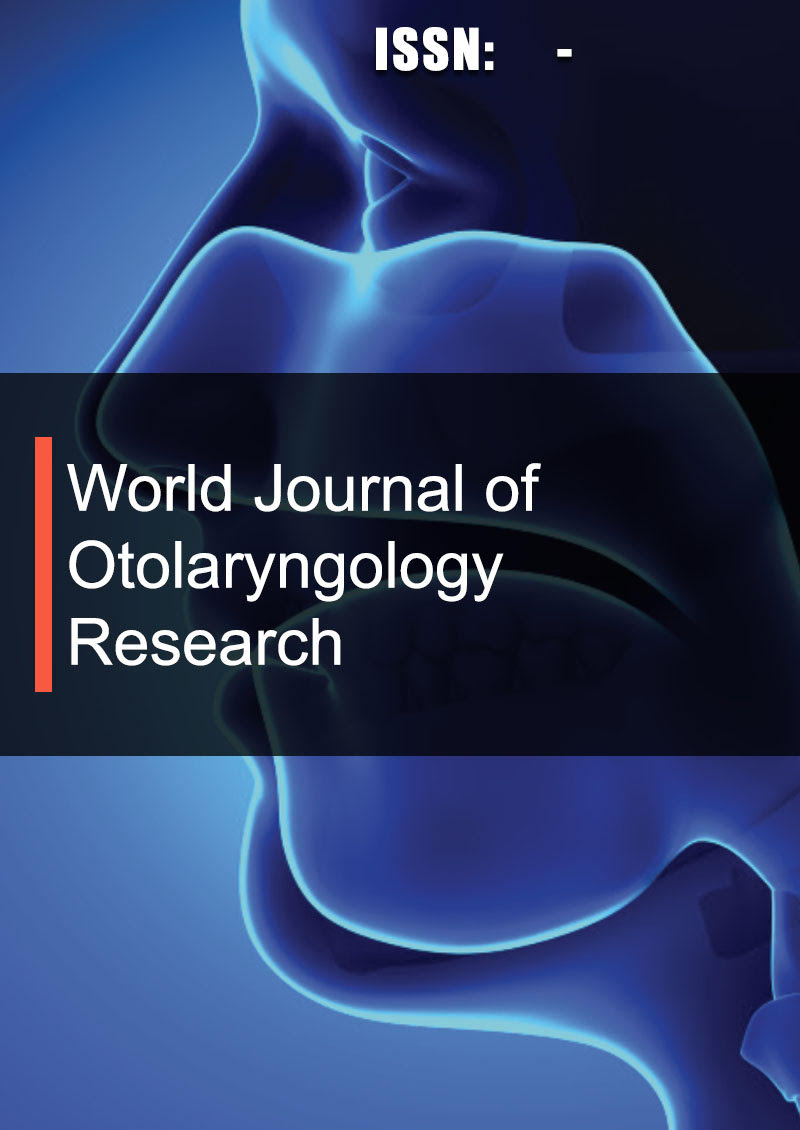Prevalence and Pattern of Cervical Nodal Metastasis of Upper Aerodigestive Tract Squamous Cell Carcinoma at The Time of Diagnosis in Patients Attending Tikur Anbessa Specialized Hospital from September 2015 to September 2020.
Abstract
Melcol Yilala
Background: UADT neoplasms is a heterogenous diseases entity which includes primaries arising from nose and paranasal sinuses, nasopharynx, oral cavity, oropharynx, hypopharynx and larynx. Squamous cell carcinoma is the predominant histologic type. The likelihood of having nodal diseases at presentation may have a wide range depending the size and site of the primary tumor with significantly higher risk for patients with nasopharyngeal primaries and advanced T stage of other sub-sites of upper aerodigestive tract. Chances of having multiple and bilateral nodes also have direct correlation with the size of the primary tumors. Positive cervical nodal status is one of the most reliable prognostic factors which drops cure rate significantly. It is also responsible for treatment failure, local recurrence and reduction of survival rate and it’s a reliable indicator of development of distant metastasis. The pattern of distribution of nodal involvement is different for each site. Thorough study of distribution of most likely involved lymph node levels for each sub site helps to customize the neck treatment accordingly by avoiding radical treatments with significant functional and aesthetic morbidity.
Objective: To define prevalence and pattern of nodal and distant metastasis of UADT-SCC patients at the time of diagnosis.
Method: Institution based retrospective cross-sectional medical chart review of patients from September 2015- September 2020 was conducted. 259 patients who fulfilled the inclusion criteria were selected using systematic random sampling technique and data was collected using questioner.
Result: A total of 259 medical records were reviewed. Mean age at presentation is 44.8. Male to female ratio is 2.6:1. Prevalence of positive nodal diseases at presentation is 71%. Site specific analysis showed 50% of nose and PNS, 86.1% nasopharyngeal, 73.2% oral cavity, 70% oropharyngeal, 66.7% hypo-pharyngeal and 57.2% laryngeal primaries had positive nodal diseases at presentation. Majority of late presentations had positive nodal diseases (p<0.05). Nasopharynx is the commonest site of primary tumor (30.5%). It is also the commonest site with higher percentage of positive nodal diseases (86.1%). Most patients had advanced stage at presentation (cTNM stage III and IV- 88.1%). Distant metastasis was found in 10.8% of patients and had strong association with T stage (p<0.05).
Conclusion and Recommendation: This study concluded that majority of patients fall in the age group of 31 to 40 with male predominance of 2.6 to 1. Late presentation is a rule since most patients with UADT-SCC has advanced disease at presentation with significant nodal neck diseases. Nasopharynx is the commonest site of primary tumor forboth males and females. It's also the commonest site of primaries with higher percentage of positive nodal diseases at presentation. Chances of having positive cervical nodal disease at presentation were very high in patients with advanced T diseases. Pattern of metastasis of most sites are in line with the current accepted knowledge of practice. Research designs with better strength should be used to study the clinicopathologic behavior of UADT-SCC both nationwide and in region specific setups. Institutional cancer registry should be improved and made easily accessible to researchers. Patient’s medical records should be complete. Policies on preventive measures and screening tools should be designed. Health seeking behavior of the community should be improved. Referral system should be made easy for patients with suspected cases.




